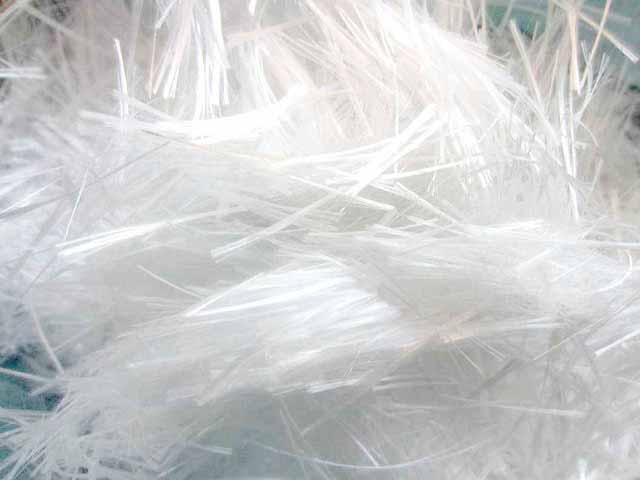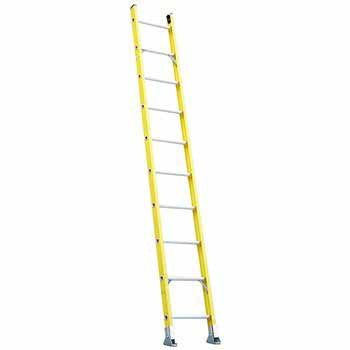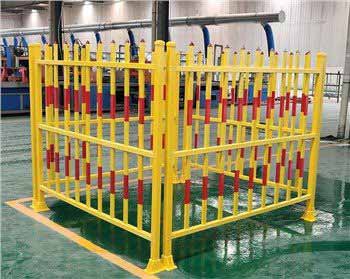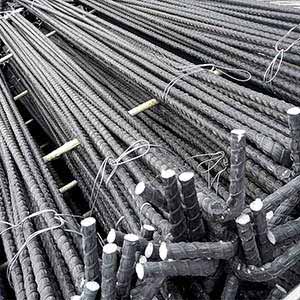Fiberglass materials have a number of drawbacks.

1. Temperature resistance.
Glass fiber material is also called glass fiber reinforced resin. Its temperature resistance is related to the resin used. At present, unsaturated polyester fiberglass material pipes are widely used, and its long-term use temperature generally cannot exceed 70°C, although it is like epoxy resin glass fiber material, the long-term use temperature pipe can reach about 100°C, but its cost will be greatly increased Increase. This defect is a key problem that cannot be ignored for directly buried high-temperature steam. As the outer sheath of the high-temperature steam insulation structure, especially when the high-temperature steam exceeds 300°C, due to various reasons, the surface temperature of the outer sheath cannot be guaranteed to be lower than 70°C. Therefore, working at high temperature for a long time will cause its mechanical properties to decline, and the pipeline will be scrapped in a short time;
2. Construction quality.
Another key problem is to use the outer protection pipe of glass fiber material to deal with the field interface, especially in the high water level area, the construction conditions are relatively poor, the manual operation process is not strict, the thermoplastic shrinkage tape is not bonded, it is easy to stretch cracks, and the incomplete Cured fiberglass material patches and low strength, resulting in poor patches and broken water seal leaks. At present, the quality of this type of interface is very prominent in the construction of our country. For long-distance pipelines, there are many interfaces, and the quality of the interface processing directly affects the quality of the entire project;
3. Thermal bridge treatment.
In order to fix the core tube, a fixing bracket is generally used between the core tube and the outer protection tube. Since the fixing bracket is mostly made of material, the temperature of the outer protection tube here is very high, causing a thermal bridge. If the heat bridge is not handled properly, the high temperature will cause the pipe to creep and cause the pipe to crack, which will lead to the phenomenon of "running, leaking, leaking". It can be said that a little damage can lead to complete bubbles.
4. Resist stress.
Compared with the outer protective material tube, the yield ultimate strength of the glass fiber outer protective tube is lower. When the external pressure is very high and the bearing load is too high, the compression damage of the pipe wall, the bending damage of the pipe wall and the deformation damage of the pipe diameter may occur.







